
“We are still trying to acquire land to connect sections of the trail,” says Park Manager Anthony D. Jones. “When complete, the park will be a little over 300 miles in length.”
The park is also the largest as far as acreage in the state, encompassing 33,500 acres.
Trail to park
Cumberland Trail was established as a state scenic trail more than 50 years ago, in 1971. It became a state park in 1998 and four years later was renamed, adding former Tennessee Deputy Gov. and Comptroller Justin P. Wilson’s name at the beginning. This was done to honor Wilson’s dedication to helping move the park closer to completion.
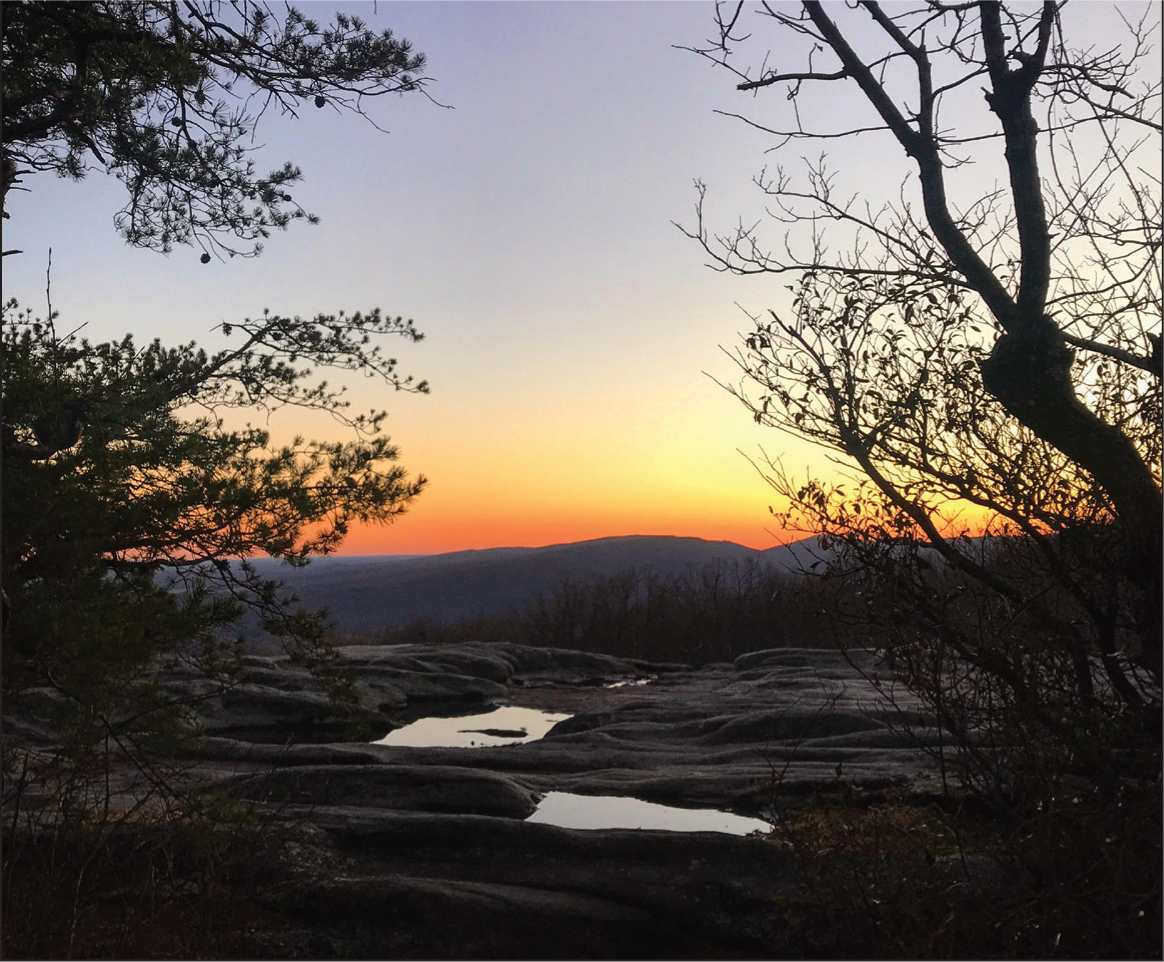
Long-distance trails hold an appeal because they offer the opportunity to step away from the stresses of everyday life for extended periods. Numerous books have been written about hikes along famous long-distance trails such as Bill Bryson’s “A Walk in the Woods” about the Appalachian Trail and the Cheryl Strayed’s “Wild: From Lost to Found on the Pacific Crest Trail,” and many people dream of being able to get away from it all and lose themselves in nature for more than a few hours.
While the Cumberland Trail currently has breaks in it forcing hikers to be ferried by car from the end of one section to the beginning of the next, Jones says there are a couple of 30-mile sections and a 50-mile stretch from Lafayette to Frozen Head State Park that provide extended hiking opportunities. A real-time, interactive map of completed sections is available on the park’s website.
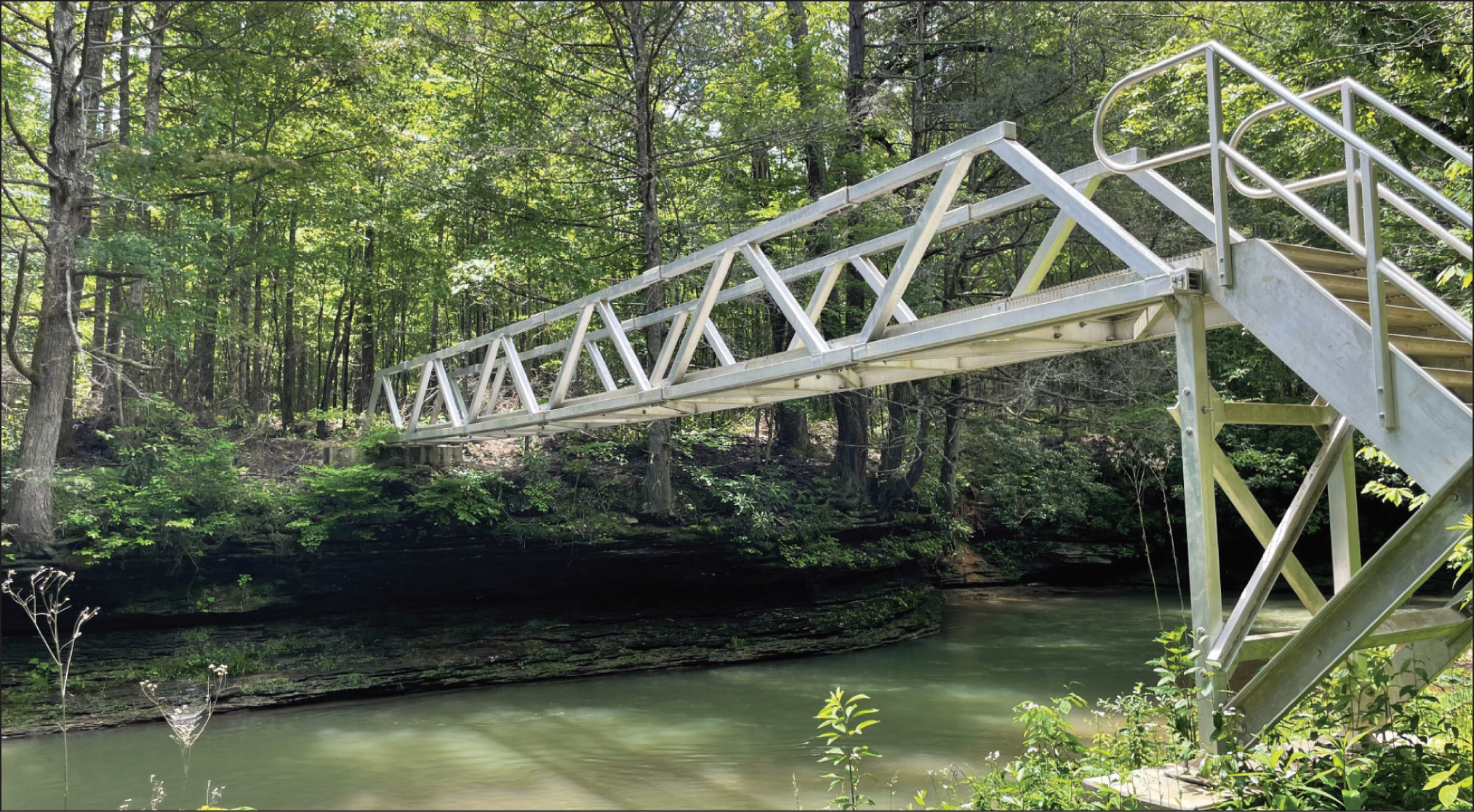
Each segment of the trail is natural surface — no concrete or pavement — and is rated either moderate or difficult.
Beauty, history and adventure
While hiking is, of course, the recreation one would associate with a park built around a trail, Jones notes that it’s far from the only activity visitors to the sections of Cumberland Trail State Park can enjoy.
“There are so many other things to do — rock climbing, fishing, hunting, kayaking, whitewater rafting,” Jones says.
The Cumberland Trail offers some amazing views along the ridges and down in the gorges of the Cumberland Plateau, perfect for taking photos or even putting pencil to paper for a sketch. Hikers on the trail can pass through lands managed as state parks, national parks, state natural areas and wildlife management areas. Because of this variety of public lands, each with its own preservation mission, Cumberland Trail visitors can explore pieces of history and a whole range of ecosystems.
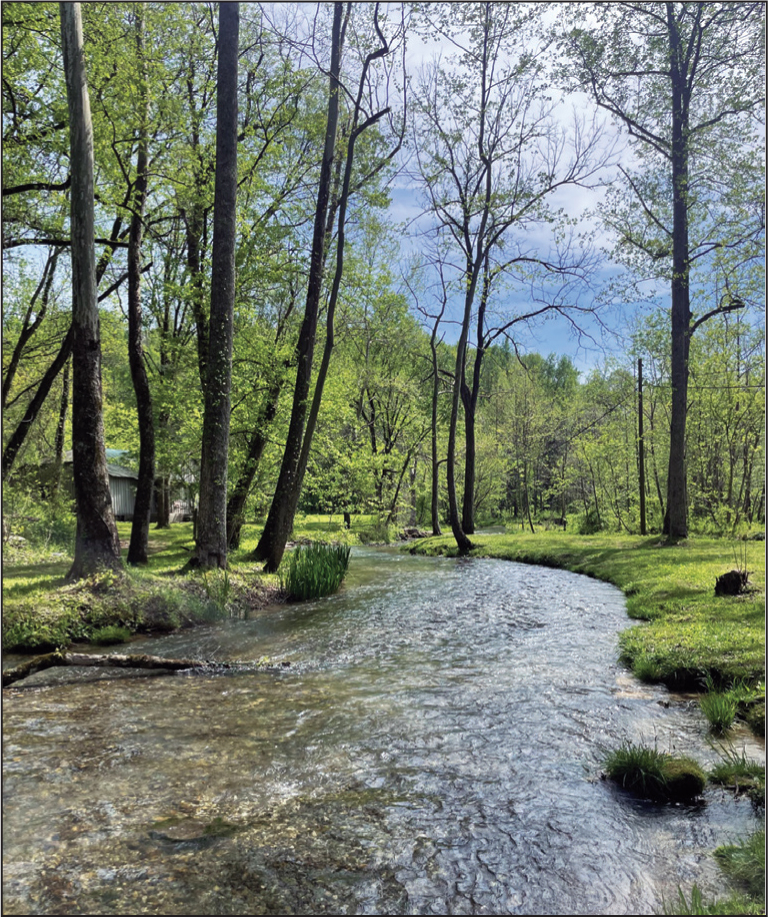
You can learn about the “first gateway to the West” at Cumberland Gap National Historical Park, located at the trail’s northern terminus, where Tennessee, Kentucky and Virginia meet. For a lovely place to have a picnic lunch, try the Head of Sequatchie, named for the headwaters of the Sequatchie River near Pikeville.
If you’re a rock climber, there are opportunities to enjoy this sport at Black Mountain outside of Crossville, Buzzard Point inside Laurel Snow State Natural Area near Dayton and Deep Creek near Chattanooga. Registration — either online or with park management on site — is required before rock climbing in any of these designated areas.
No matter what section of the park you’re exploring, it’s important to remember that sometimes privately owned land is nearby. Jones says that at some points, the park corridor is only 200 feet wide. Pay attention to park signage as well as any signs indicating private property upon which you should not trespass.
If your visit to the park requires an overnight stay, there are a number of backcountry campsites and two backcountry campgrounds for tent camping. These also require registration ahead of your stay. Some also require a paid reservation, which can be made via the park’s website.
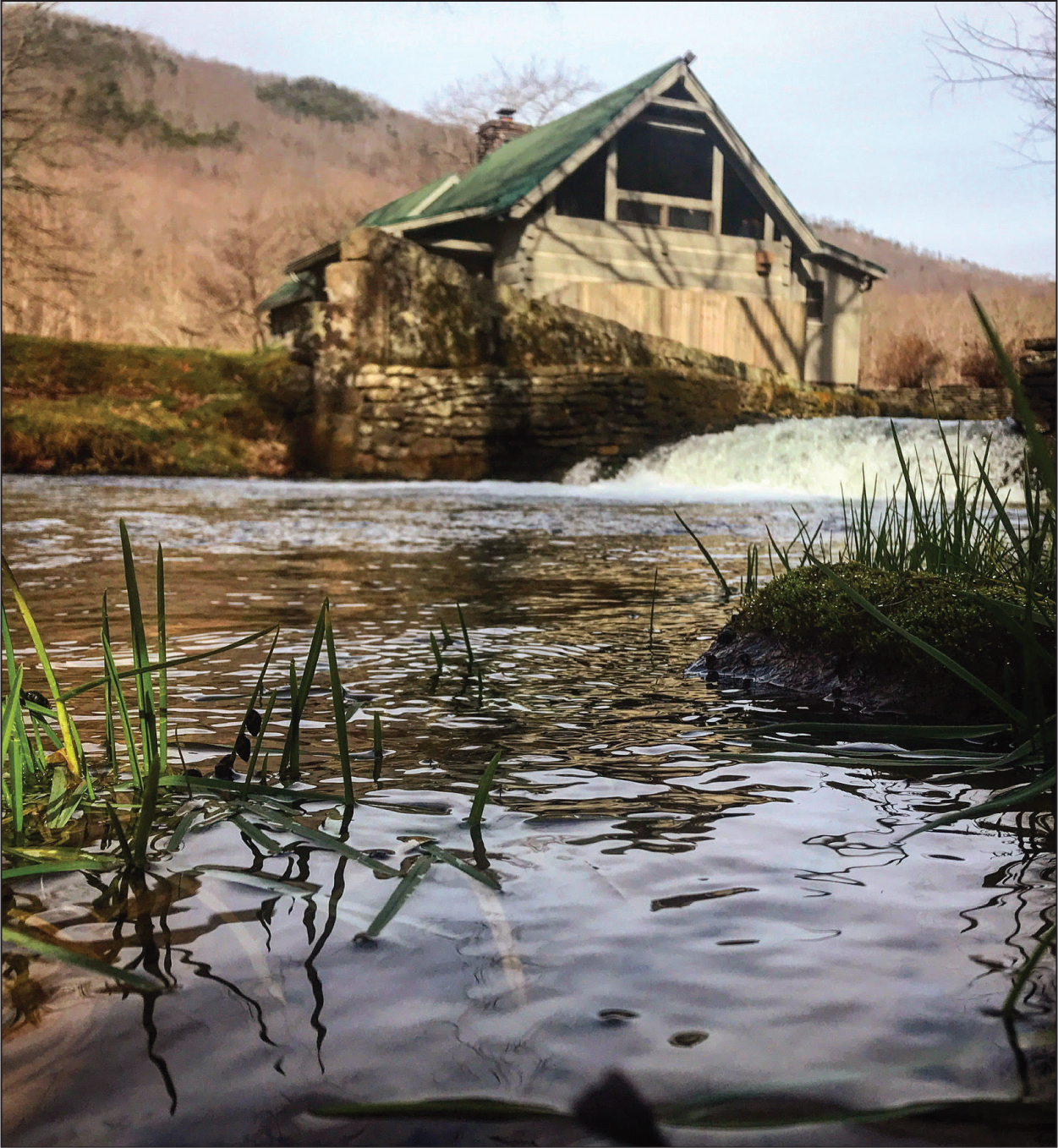
Helping hands
Even though the trail is about 90% finished and the park uses some contractors to help with trail building, volunteers are also still needed to lend a hand. The more hands working, the sooner the disconnected sections of the trail can become a contiguous whole — stretching all the way from the Cumberland Gap at the north to the southern terminus at Signal Point near Chattanooga.
Jones says the fact that the park is one in progress is what helps make his job exciting.
“It never gets old,” he says. “There is something new to experience every day. We get to build our park from the ground up, and this is something my son can hike long after I’m gone.”
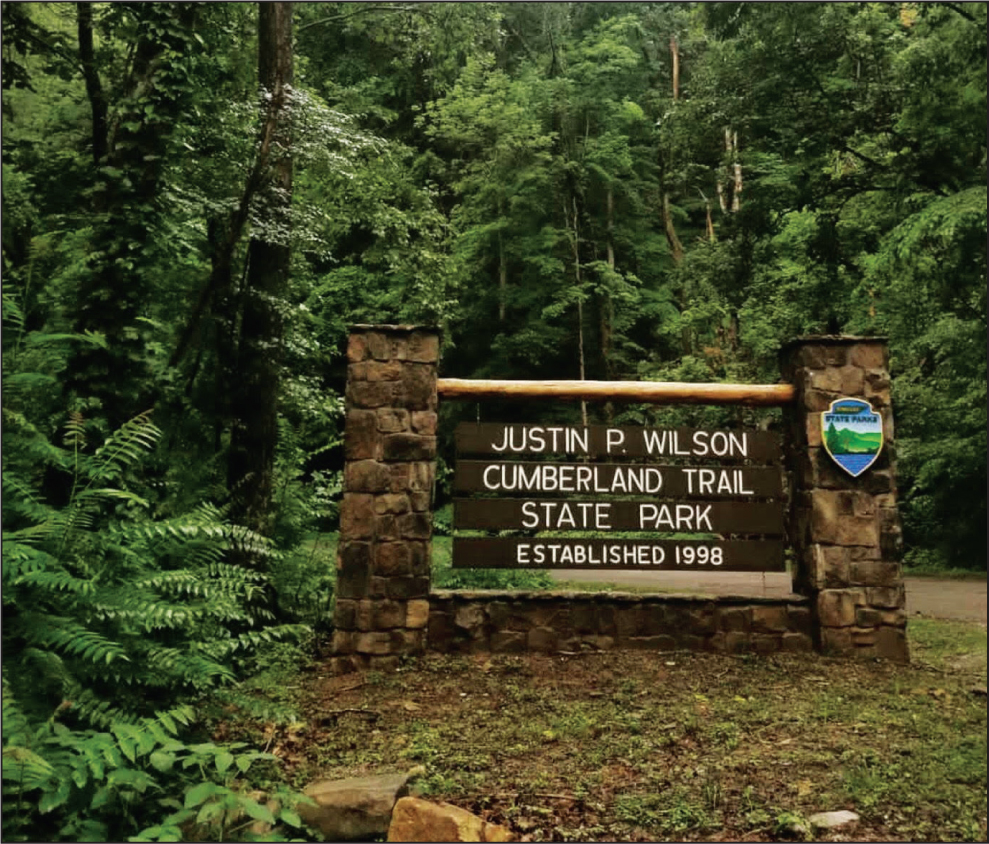
Cumberland Trail State Park
The main office is located at 270 Glyph Parkway in Pikeville. You can get more detailed information or register for backcountry camping or rock climbing at the park’s website at tnstateparks.com/parks/cumberland-trail or by calling the park at 423-533-2928. Also of interest is the information available on the Friends of the Cumberland Trail website: friendsofthecumberlandtrail.org.

